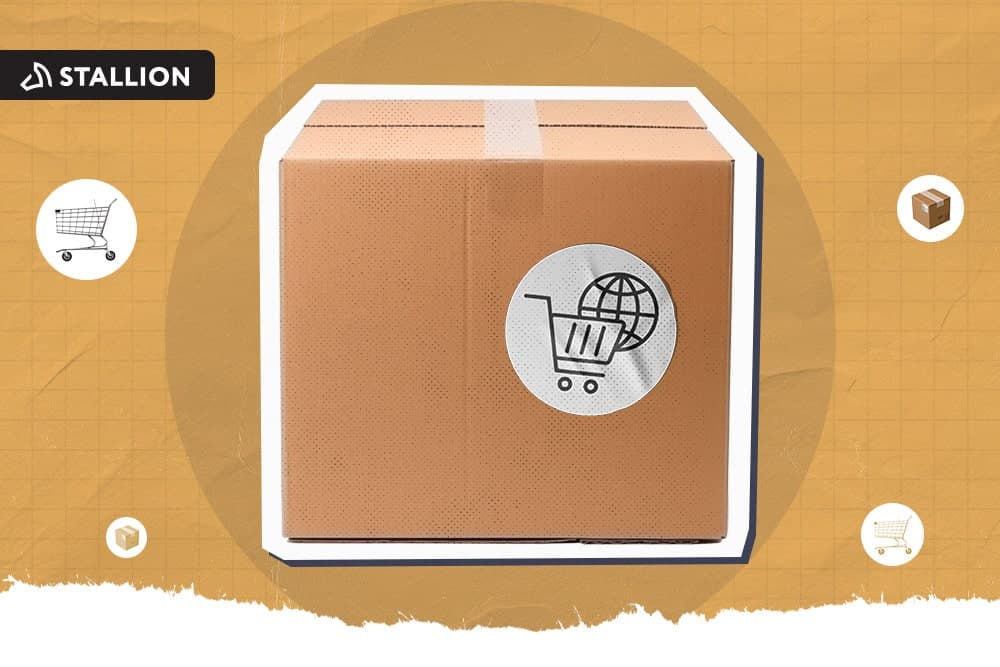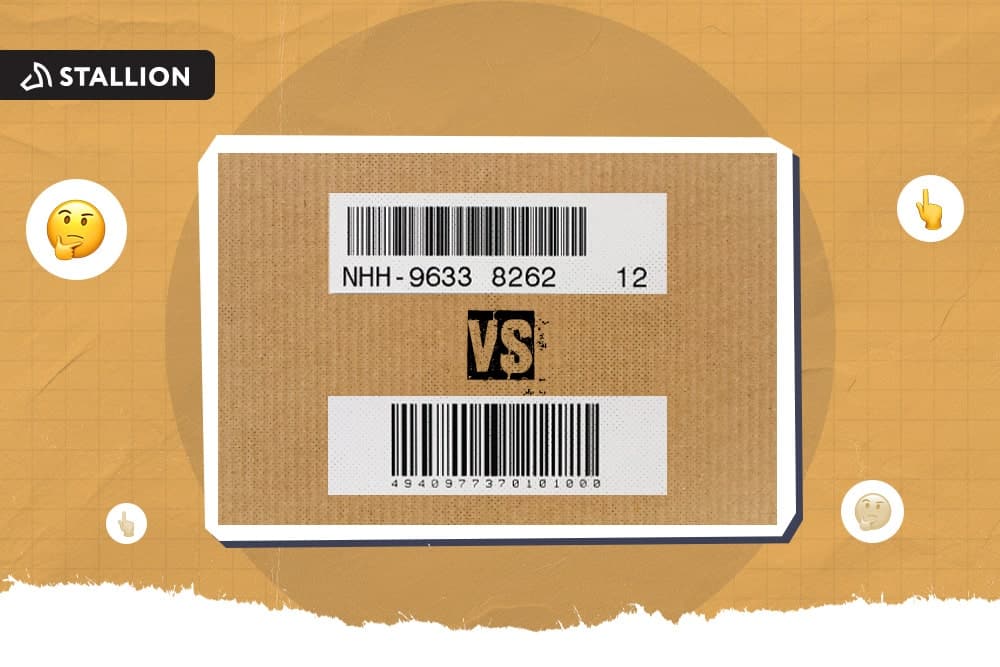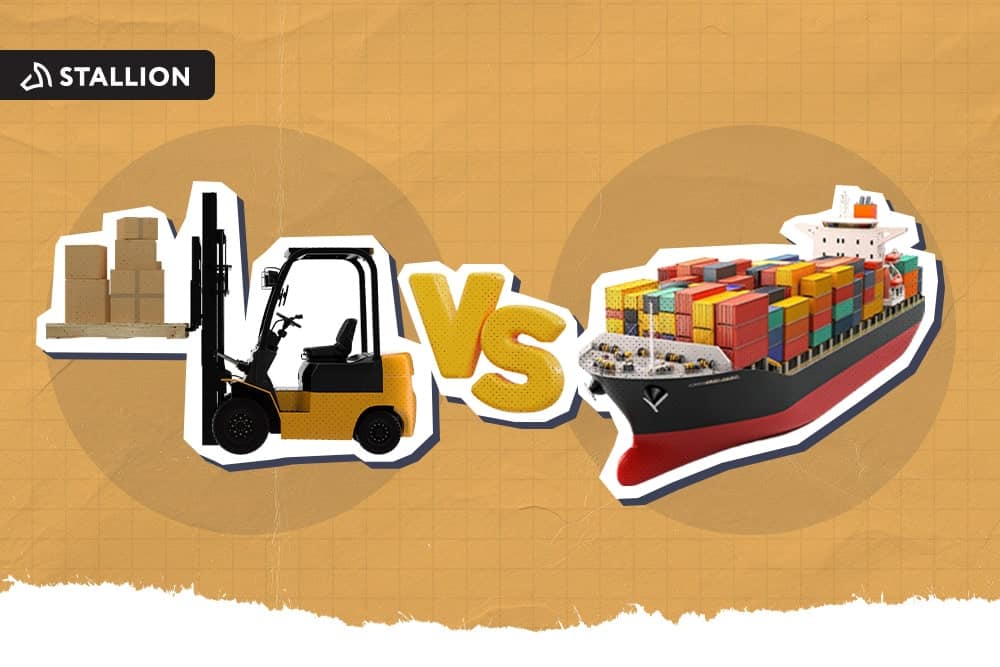Do you want to have a logistics team of your own who will pick, pack, and ship your orders for a fraction of a cost? Suppose you happen to be an Amazon seller. In that case, you are in luck because Amazon has a program called Amazon FBA (Fulfillment by Amazon). Although Amazon FBA is lauded because of its top-notch service, you shouldn't let your guard down. Thankfully, you can monitor the movement of your goods through Amazon fulfillment services tracking.
Before you can take advantage of Amazon's advanced logistics, you must send your inventory to their fulfillment centres. In your Seller Central account, create a shipping plan using the six-step shipment creation process. Once you accomplish this, what is left for you to do is make sure your inventory safely arrives at Amazon's warehouses.
This is by knowing the different Amazon fulfillment services tracking codes or IDs you can use to check the inbound shipments, inventory classification, and order fulfillment status.
Let us start with inbound shipments. Upon creating the shipment in your Seller Central account, the system makes a shipment name you can customize. By default, the shipment name consists of the date and time when the shipment is created.
Then you can check its status using the Shipment ID that can be found in the shipment summary, shipment label, and shipping queue. But if you are using a freight company for inbound shipments, track it with the Amazon Reference ID, which you can get from the shipment summary.
At the fulfillment center, your inventory will be scanned and sorted for storage. They will scan the number on top of the boxes and their contents. The reason behind this is to check if the list of products you provided in the shipping plan is tallied against the actual shipment. So make sure this is correct to avoid unknown SKUs and miscounts.
As for inventory classification, you can use FNSKU, or the Fulfillment Network Stock Keeping Unit to determine your inventory. Each FNSKU is unique to each seller and each product. However, if your inventory is stickerless and commingled, Amazon scans the ISBN, UPC, or any product identifier since your product doesn't have a label on it.
Finally, you can track your orders placed by your customers by using the Order ID assigned by Amazon. This ID determines the destination, products purchased, order status, delivery timing, prices, and quantities. With Amazon fulfillment services tracking IDs, you can monitor your orders from start to finish.
How does Amazon ship orders from their fulfillment centers to the customer's doorstep? As the number of Prime members continues to grow, Amazon must keep up with the demand. This is possible through Amazon's advanced logistics.
They have a fleet of trailer trucks, and each truck can carry more than 2,000 boxes. Amazon also has airplanes that are set to meet the two-day delivery for Prime members. Each plane can hold 30 or more containers. Besides Amazon trailer trucks, it has Delivery Service Partners (DSP) to deliver the volume of orders on the ground. Each partner can have 20 to 40 vans at their disposal.
So, suppose you are planning to ship internationally, say, for example, Amazon.com shipping to Canada. In that case, you won't have a problem because of Amazon's sophisticated logistics infrastructure.
Amazon shipping costs vary from one marketplace to another. To give you an overview, here are the fees when your orders placed on Amazon.ca:
| Starting 1 September, 2020 | ||
| Envelope fulfilment fee per unit | First 100 g | CAD $3.37 |
| Each additional 100 g | CAD $0.31 | |
| Standard fulfilment fee per unit | 0-250 g | CAD $5.44 |
| 250-500 g | CAD $5.57 | |
| 500-1,000 g | CAD $6.40 | |
| 1,000-1,500 g | CAD $7.06 | |
| Each additional 500 g | CAD $0.43 | |
| Oversize fulfilment fee per unit | First 1,000 g | CAD $9.71 |
| Each additional 500 g | CAD $0.44 |
| Starting 1 September, 2020 | ||
| Standard | 0-200 g | CAD $0.30 |
| 200-500 g | CAD $0.50 | |
| 500-1,000 g | CAD $0.80 | |
| More than 1 kg | CAD $1.00 | |
| Each additional kg above 1 kg | CAD $0.40 | |
| Oversize | 0-200 g | CAD $0.50 |
| 200-500 g | CAD $0.70 | |
| 500-1,000 g | CAD $0.90 | |
| 1-2 kg | CAD $1.10 | |
| 2-5 kg | CAD $1.30 | |
| More than 5 kg | CAD $1.50 | |
| Each additional kg over 5 kg | CAD $0.20 |
Starting September 15, 2020, the long term storage fee is CAD $150 per m3, and it is billed monthly.
Keep in mind that the amounts displayed on the Seller Central don't have Canadian taxes yet, such as GST/HST (Goods and Services Tax/Harmonized Sales Tax). Yes, FBA fees have associated taxes with it.
The largest online retailer in the world doesn't only give you a privilege to sell on their online marketplace, but it also lets you use its advanced fulfillment centers through Amazon FBA. You won't have a problem monitoring your inventory since there is an Amazon fulfillment services tracking in place. Use this tracking system to fulfill all your orders without delay effectively and maintain excellent customer service experience.
If you want to know more about Amazon fulfillment services tracking, you came to the right place. Stallion Express is willing to assist you with your shipping needs. For inquiries, you can call +1 877-863-7447 or email [email protected].



Can our fellow Torontonians relate?
-
#smallbusiness #business #entrepreneur #socialmedia #shipping #ecommerce #canadianecommerce #shopify #poshmark #b2b #saas #etsy #ebay #canada #canadiansmallbusiness #shoplocalcanada #entrepreneur
#toronto

Here’s your quick hassle free shipping from 🇨🇦 to 🇺🇸 as a business owner!
-
Any questions?! Leave them 👇🏻 and save this video so you don’t forget!
-
#smallbusiness #business #entrepreneur #socialmedia #shipping #ecommerce #canadianecommerce #shopify #poshmark #b2b #saas #etsy #ebay #canada #canadiansmallbusiness #shoplocalcanada #entrepreneur

Meet @drinkbenny a 🇨🇦 female founded energy drink brand! Instead of focusing on their products, they’re taking a unique approach by hosting in person events in different Canadian cities to offer an experience for their community 🧡
-
What are your thoughts on in person events? 💭
-
#smallbusiness #business #entrepreneur #socialmedia #shipping #ecommerce #canadianecommerce #shopify #poshmark #b2b #saas #etsy #ebay #canada #canadiansmallbusiness #shoplocalcanada #entrepreneur

Do you know the difference between DDU and DDP when shipping internationally 🌏 ?
-
Questions? Leave them below! 👇🏻
-
#smallbusiness #business #entrepreneur #socialmedia #shipping #ecommerce #canadianecommerce #shopify #poshmark #b2b #saas #etsy #ebay #canada #canadiansmallbusiness #shoplocalcanada #entrepreneur

Here’s a quick hack to save time from choosing multiple postage options
↪️ Turn on the lowest postage rate automation to save you time!
-
Questions? Leave them below! 👇🏻
-
#smallbusiness #business #entrepreneur #socialmedia #shipping #ecommerce #canadianecommerce #shopify #poshmark #b2b #saas #etsy #ebay #canada #canadiansmallbusiness #shoplocalcanada #entrepreneur
